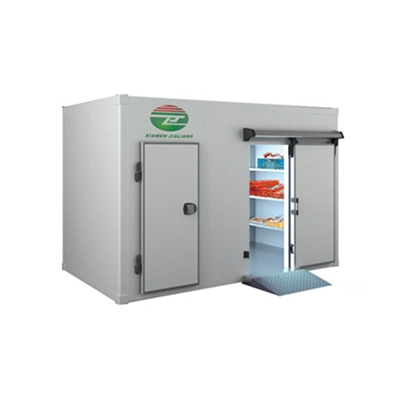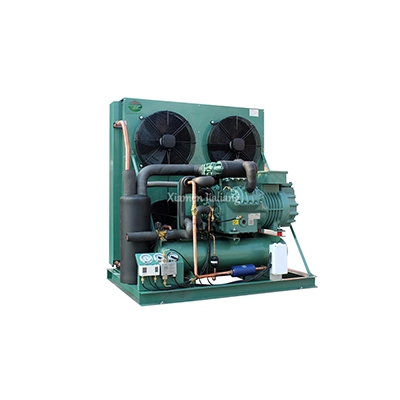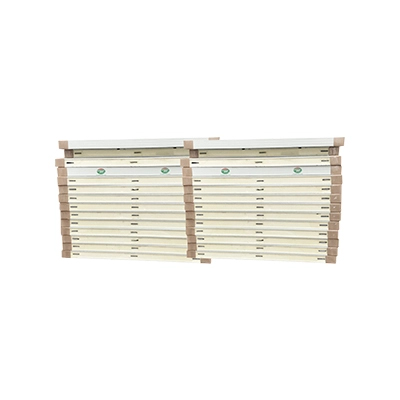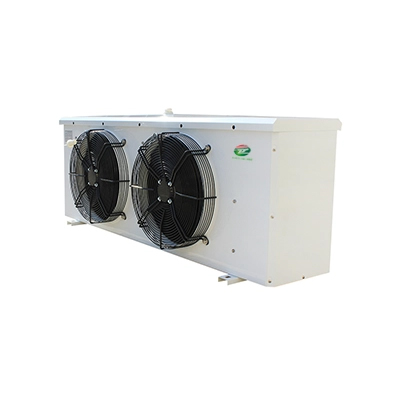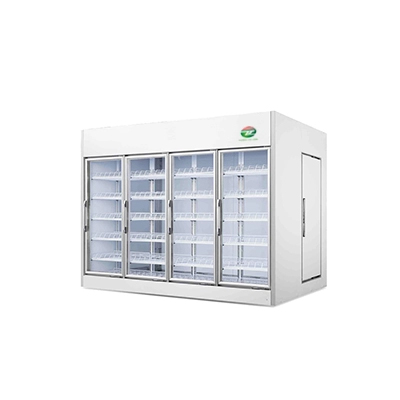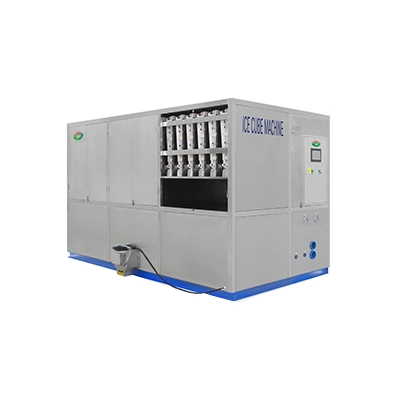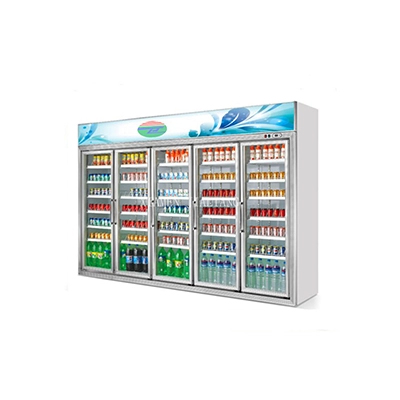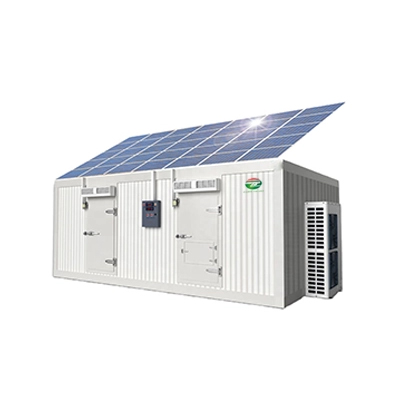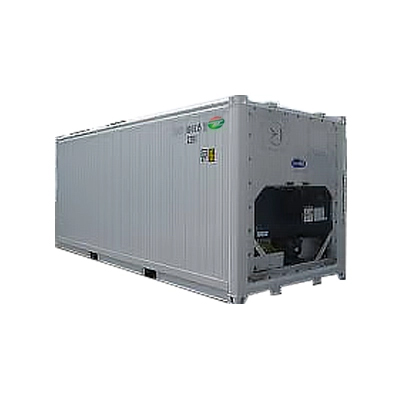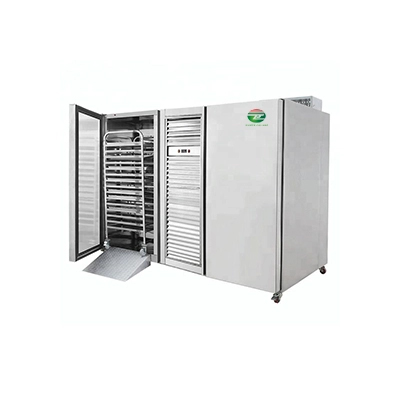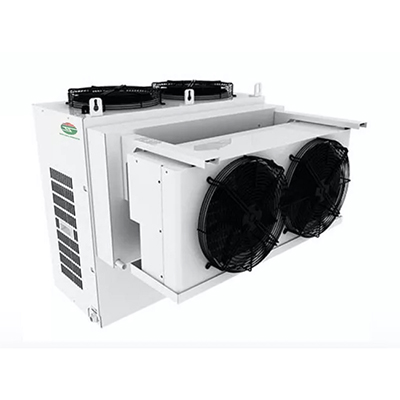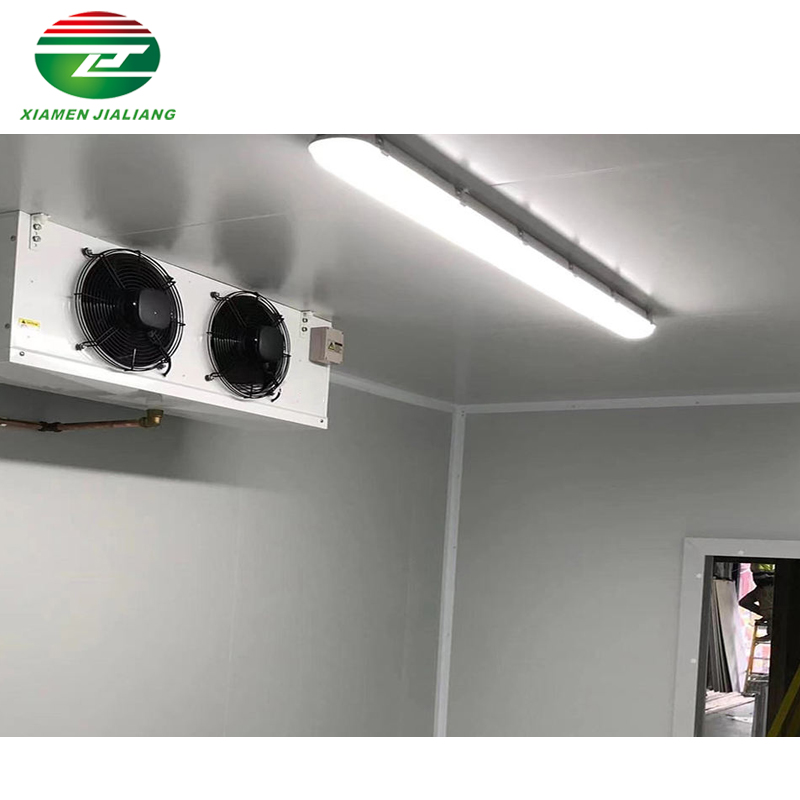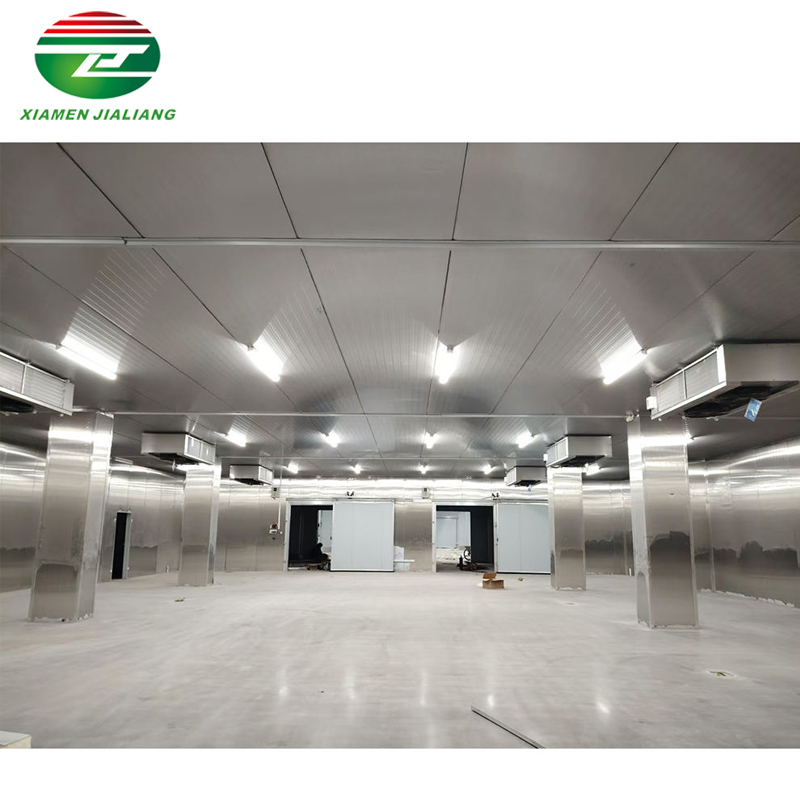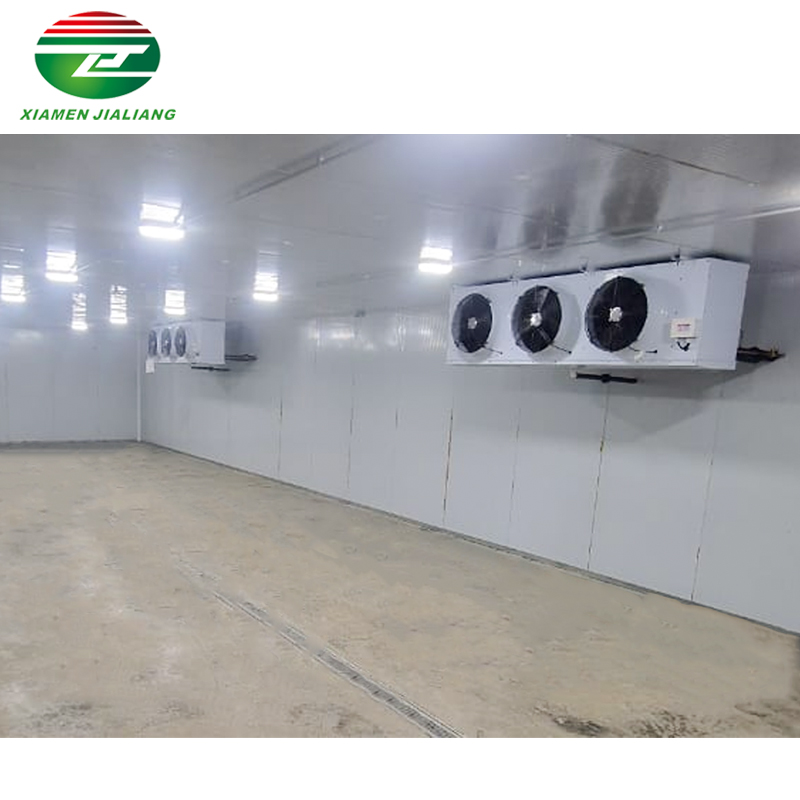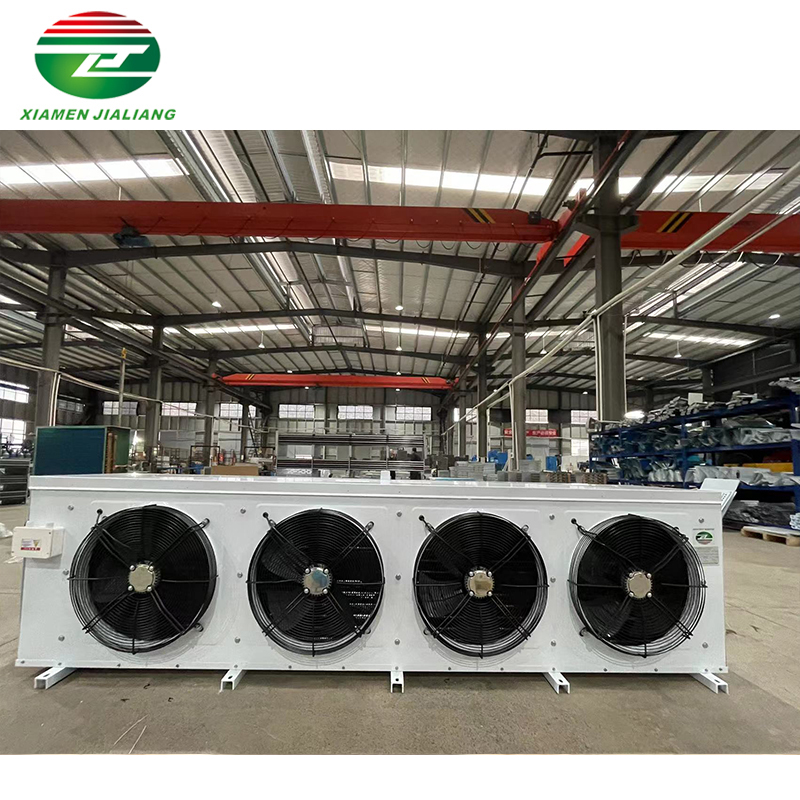Optimizing Cold Room Design for Vegetable Storage: Best Practices and Considerations

As demand for fresh produce continues to rise, optimizing cold room design for vegetable storage has become a top priority for growers and distributors. The science behind preserving vegetables is complex, involving temperature control, humidity levels, and proper airflow. With the right refrigeration system in place, it's possible to maximize shelf life while reducing waste and maintaining quality control standards. In this blog post, we'll explore best practices and considerations for customizing your cold room design to meet the needs of different vegetables. From energy efficiency strategies to regulatory compliance measures and future innovations in technology and sustainability – get ready to dive deep into the world of vegetable preservation!
Understanding the Science of Vegetable Preservation
When it comes to vegetable preservation, temperature is one of the most critical factors. Different vegetables require varying temperatures for optimal storage and shelf life. For example, green leafy vegetables can be stored at a storage temperature of 5-8 ℃ for about a month. If they are stored in a controlled atmosphere warehouse, they can be stored for about half a year. The storage temperature for rhizomes is also 5-8 ℃. If they are stored in a controlled atmosphere warehouse, they can be stored for ten months or even a year. The storage temperature is also 5-8 ℃, and it can be stored for a month. If it is a controlled atmosphere warehouse, it can be stored for a longer time.
Humidity levels are also crucial in cold room design because they help to maintain vegetable freshness. Vegetables that are too dry can wilt and lose their crispness quickly, while excessive moisture can lead to spoilage and mold growth.
Airflow is another essential element to consider when designing a cold room for vegetable storage. Proper airflow helps regulate temperature and humidity levels throughout the space, reducing the risk of hot spots or areas with stagnant air.
Customizing Cold Room Design
When it comes to vegetable storage, different types of produce have varying temperature and humidity requirements. This means that a one-size-fits-all approach to cold room design simply won't cut it. To optimize vegetable preservation and ensure freshness, refrigeration systems must be tailored to meet the specific needs of each type of produce.
For example, leafy greens such as lettuce and spinach require higher humidity levels than root vegetables like carrots or potatoes. Onions and garlic need cool temperatures but dry conditions, while fruits like tomatoes benefit from slightly warmer temperatures in order to ripen properly.
In addition to considering the unique needs of each type of vegetable being stored, factors such as the quantity being stored at any given time and how frequently it is accessed should also be taken into account when designing a custom refrigeration system.
By tailoring cold room design to meet the individual needs of various types of vegetables, businesses can improve overall product quality and reduce waste due to spoilage or premature aging.
Maintaining Energy Efficiency
Maintaining Energy Efficiency: Strategies for Reducing Energy Consumption in Cold Room Systems
One of the most significant expenses when it comes to cold room design is energy consumption. The electricity needed to power refrigeration units and temperature control systems can put a strain on your budget, but there are ways to reduce these costs significantly.
Firstly, optimizing insulation is one of the best strategies for reducing energy consumption in cold room systems. Using high-quality insulation materials with a high R-value will help maintain the desired temperature inside the cold room without overworking the refrigeration system.
Secondly, upgrading to more efficient refrigeration equipment can also cut down on energy usage. Modern compressors and evaporators have improved efficiency ratings compared to older models that consume more electricity.
Thirdly, implementing intelligent controls through sensors and automation systems can ensure optimal performance while minimizing wasted energy. With sensors monitoring temperatures constantly, they adjust cooling automatically based on changes in ambient conditions.
Regular maintenance and cleaning of your refrigeration equipment is crucial for ensuring maximum efficiency levels are maintained throughout its lifetime. Simple tasks such as keeping coils clean or changing air filters regularly may seem minor but go a long way towards maintaining an efficient system overall.

